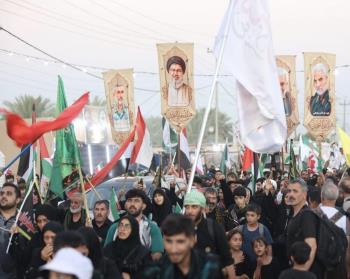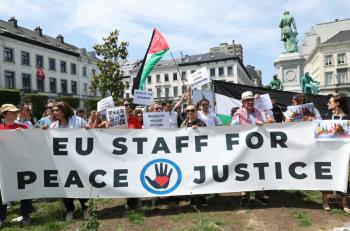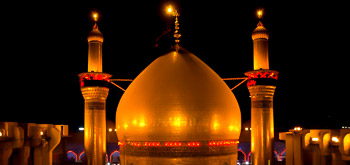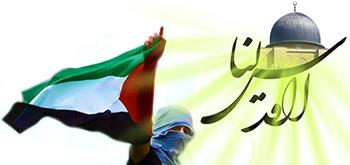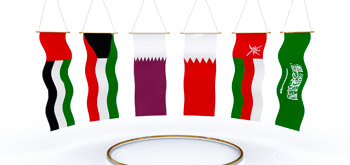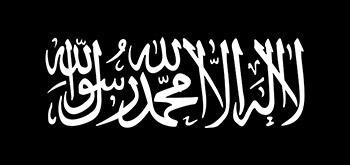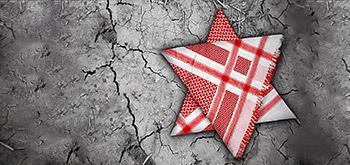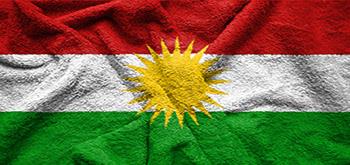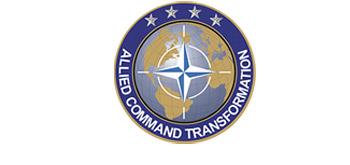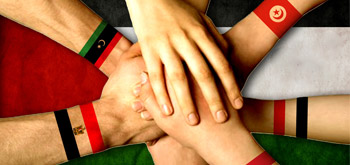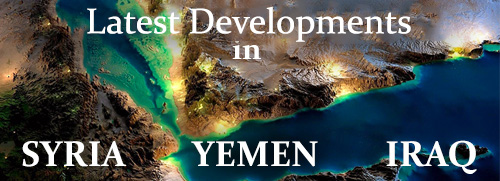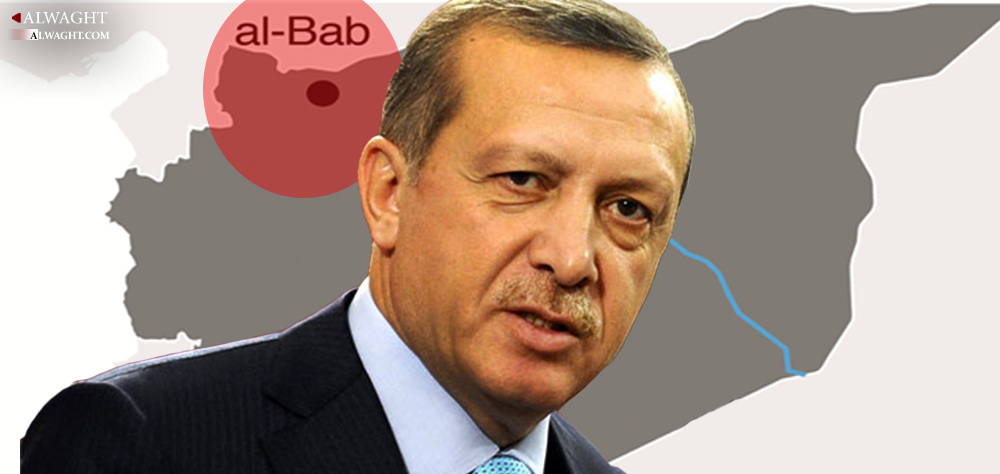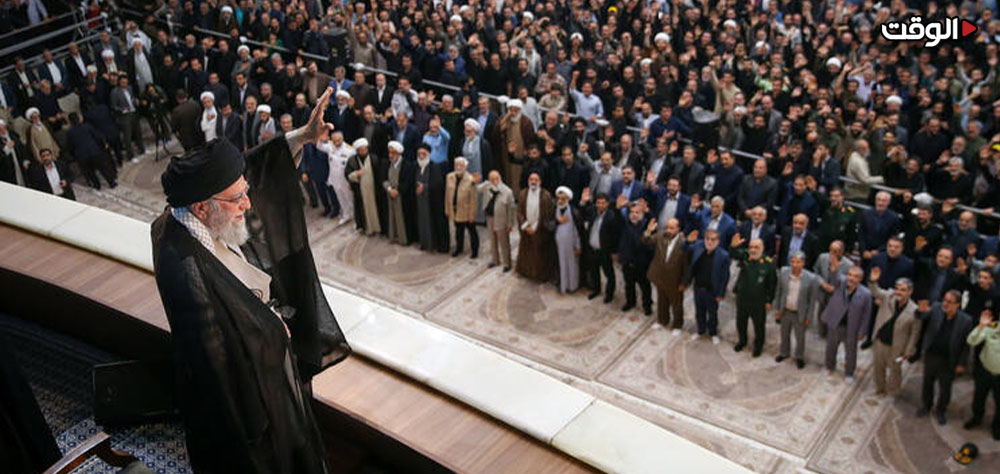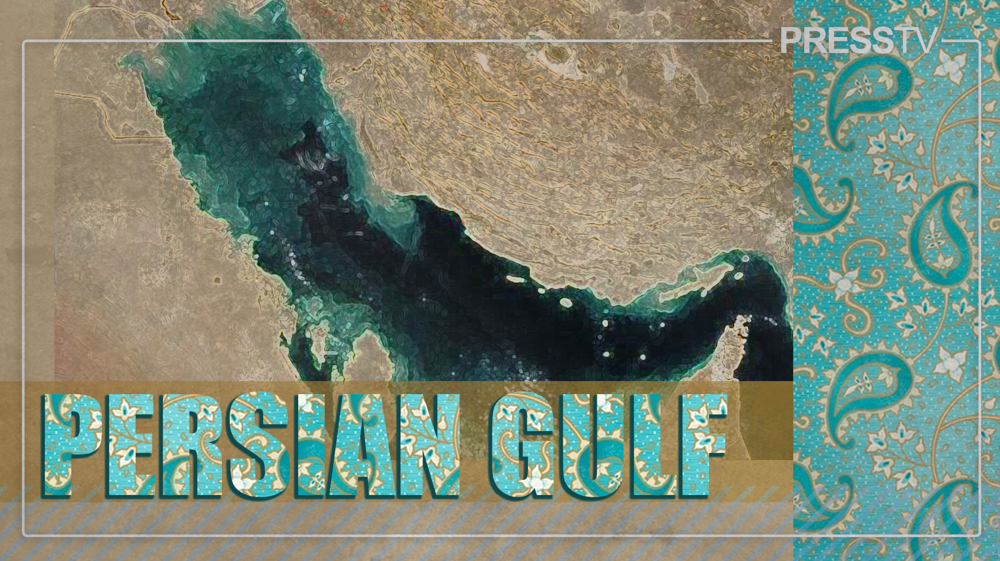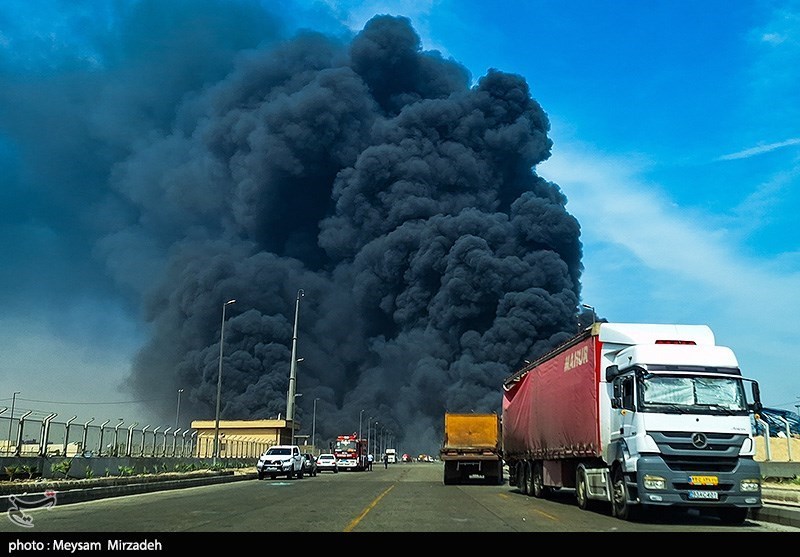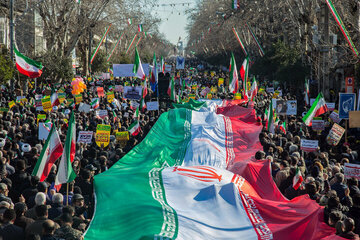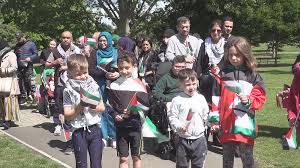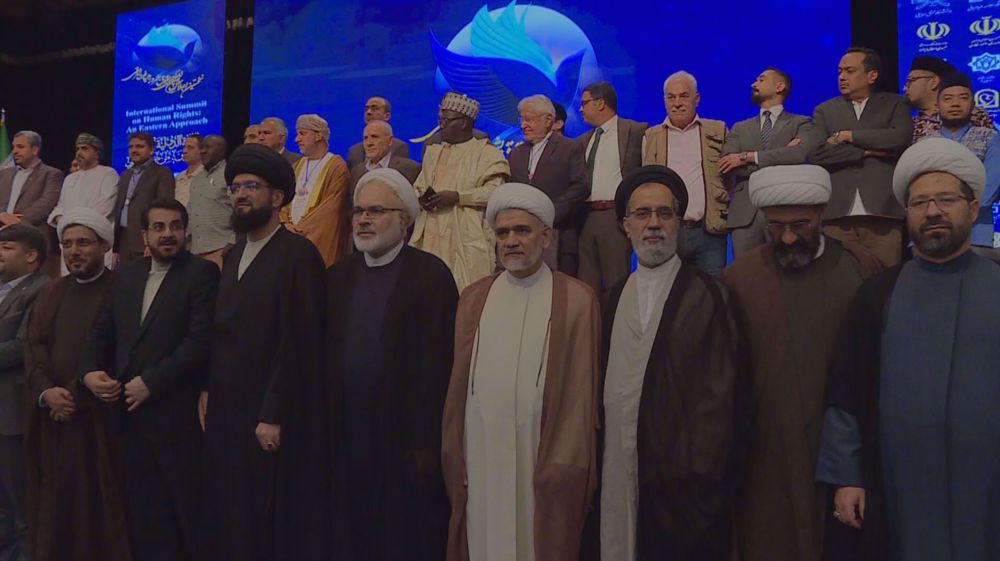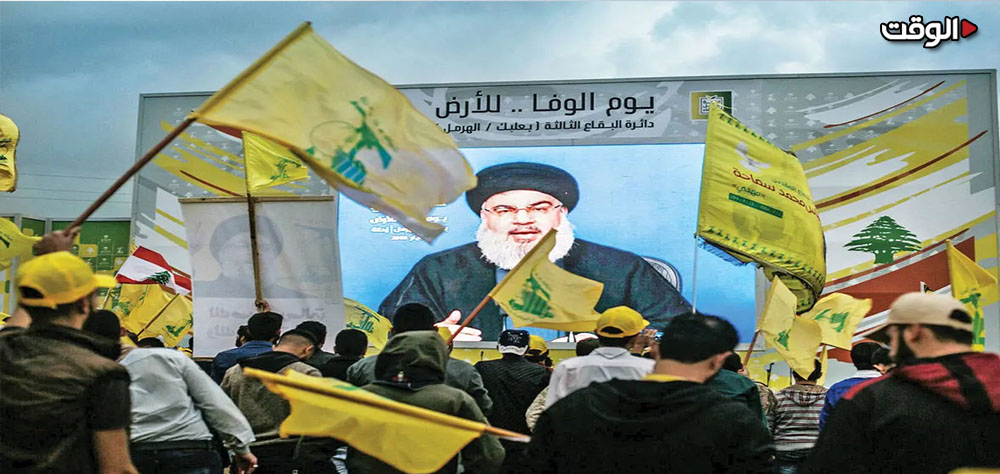Alwaght- With spark of the Syrian crisis in March 2011, the neighboring Turkey joined the league of opponents of the Syrian President Bashar al-Assad. Ankara made it clear that it was ready to deploy military forces into the Syrian territory and topple Syria’s Assad. The anti-Damascus posture of Turkey even saw intensification after it offered support for some of the terrorist groups through its common borders with Syria.
But this situation witnessed a change after the Kurds of northern Syria under the People’s Protection Units (YPG) directed by leaders of the Syrian Democratic Forces (SDF) gained power in the battleground. Observing the Kurdish forces resisting and fighting against the ISIS terrorist group and even making advances in northern regions of Syria, the Turkish leaders raised concerns about even a bigger power gain and autonomy seeking of the Kurds. Meanwhile, Ankara called for imposing a no-fly zone over an area of 5,000 kilometers along the northern Syrian borders. But the proposal was so far faced with not only a Russian but an American opposition.
While the leaders of Turkey argue that unity of the three Kurdish cantons of Kobani, Afrin, and Island poses a risk to the Turkish national security and sovereignty, the US views the Kurdish fighters of northern Syria as its allies on the ground, being able to resist ISIS progresses and providing a good justification for the ostensible counterterrorism policy of Washington.
This situation was under way just before heightened conflict across Syria and advances of the Syrian army in northern city of Aleppo. As Aleppo developments began to hit the headlines and urged global attention to this strategic city, Ankara seized the opportunity and deployed its military forces to Syria's north under Operation Euphrates Shield. Turkey said that its main aim behind the deployment was fighting ISIS terrorists, but as it later appeared obviously the main plan of the Turks was to deal blows to the Kurds there.
As part of the scheme, the Turkish military forces attempted to enter in Syria’s Al-Bab. The town not only was 50 kilometers away from the once-contested Aleppo’s east but also it stood as the gate of Manbij town. Taking the militants of the Free Syrian Army (FSA) as party to assault on Al-Bab, the Turkish leaders were optimistic that along with the Syrian opposition fighters they could push back the Kurdish forces from Manbij and so seize control of the city.
Beside pressing ahead with plans in Syria, the President Recep Tayyip Erdogan of Turkey moved to repair strained Turkey-Russia relations. The two countries' ties experienced a chill after a SU-24 Russian bomber was shot down by the Turkish fighter jets in November 2015 when it was en route to its base. In fact, considering the reality that US President during his remaining time in the White House will not take any serious steps regarding the conflict in Syria, Turkey ruling Justice and Development Party’s (AKP) strategists found the opportunity ripe for a shift in their country’s foreign policy.
Erdogan eyed pursuing his objectives in Syria through getting close to the Russian President Vladimir Putin, objectives which were impossible to materialize in the past years of the Syrian crisis due to an objection from Washington. He knew well that just unlike Washington, Moscow had no specific sensitivity to the YPG. Even more, due to Russia’s emphasis on unity of Syria, the Russian president will not back power gaining of the Kurds and particularly the Kurdistan Workers' Party (PKK), Ankara’s arch-enemy.
But Turkey still has opposition of Moscow when it comes to establishing a no-fly zone over Syria border areas. This pushed the Turkish leader to rely on own military strength to put the relevant sides of the war in Syria in an awkward position.
Pressing ahead with plans, the Turkish army's forces crossed Jarabulus and entered parts of Al-Bab. Once Turkey and the FSA, a force loyal to Ankara, take Al-Bab, the Syrian ground developments will undergo new complications.
The Turkish officials repeatedly asserted that they aimed to occupy the town. Even Erdogan earlier officially declared that after Al-Bab seizure, Ankara’s second goal was capturing Manbij. Indeed, Turkey’s drive for presence in Manbij is to curb fresh gains by the Kurdish forces, which according to Turkey are fed by the PKK and not long ahead they could usher in movements seeking autonomy in Turkey’s Kurdish-inhabited areas.
So, while Ankara is imposing a crackdown on the Kurdish political forces at home taking advantage of terrorist attacks inside Turkey, it built up airstrikes on Qandil Mountains, which serve as safe haven for anti-Turkish Kurds. Having back of the FSA, the Turkish government wants to actualize its foreign ends including imposing no-fly zone over Syria’s north and impairing the Syrian Kurds.
The attention-grabbing point meanwhile is Ankara’s backing for the FSA. Due to its Syrian roots in comparison to ISIS or Jabhat Fateh al-Sham (formerly al-Nusra Front) which received losses from Damascus government, FSA is more favored by the anti-Assad actors. Additionally, during war against the Syrian government, the opposition militant group has not published its killings and other crimes as did other militant groups, something improving its image among the global public opinion.
Therefore, Turkey gave its tactics some change in terms of Syria crisis. In past few months and since the time the US-led anti-ISIS international military coalition stepped up its air raids against ISIS in both Syria and Iraq, Turkey offered aid to the FSA in a bid to exploit the militant group’s influence for its own profits.
Aided by the FSA fighters, the Turkish forces so far seized about 2,000 square kilometers of the northern Syria, and the process of developments shows that the Operation Euphrates Shield will continue developing until it captures an area of 5,000 square kilometers and Manbij town.
This comes while the US refuses to display any sensitivity to the ongoing Turkish-led operation in north as it is busy transferring the power and replacing administrations. But it is not uninterested to keep sway over Assad's adversaries through allowing them some progression. Turkey, on the other side, is a regional ally to Washington and a member of NATO and during the past six years it announced need for deployment of the American forces and NATO missile defense systems to its southern borders. Therefore, if Washington wants to seriously come against Ankara in Syria, Turkey will have no choice but bowing, though following the failed coup attempt in July Erdogan apparently learned that the Americans are not much of advocates of his presence in power.

